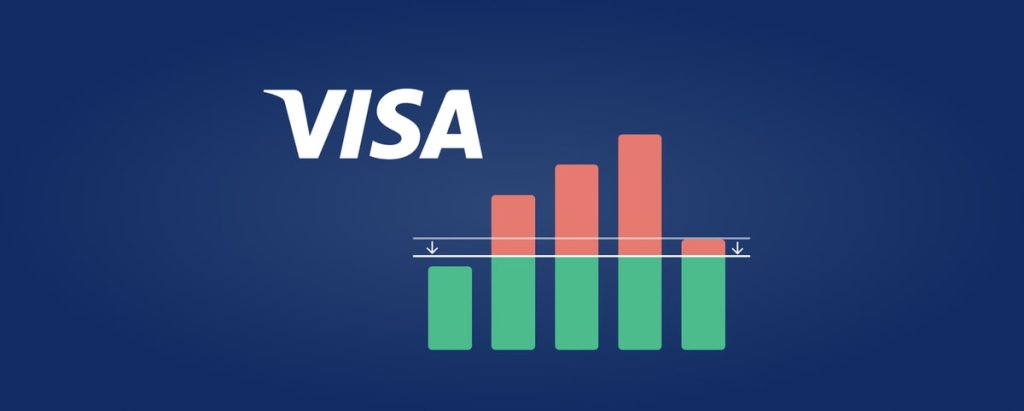Understanding Visa’s chargeback rules is crucial for merchants. Chargebacks are designed to protect consumers from unauthorized transactions, but they can lead to significant financial consequences for businesses. This article outlines Visa’s chargeback process, recent regulatory updates, and effective practices to minimize risks.
What is a Chargeback?
A chargeback is a transaction reversal initiated by the cardholder’s issuing bank to protect consumers from unauthorized transactions or disputes over goods and services. Chargebacks were introduced through the Fair Credit Billing Act of 1974 to increase trust in credit card payments by allowing consumers to dispute incorrect or fraudulent charges. Common reasons for chargebacks include:
- Fraudulent transactions (60-80% of all chargebacks)
- Non-receipt of goods or services
- Billing errors
- Quality issues
Table 1: Common Reasons for Visa Chargebacks (2023 Data)
| Reason Code | Description | Percentage of Total Chargebacks |
|---|---|---|
| 10.4 | Other Fraud – Card-Absent Environment | 45% |
| 12.5 | Incorrect Amount | 20% |
| 13.1 | Services Not Provided | 15% |
| 12.6.1 | Duplicate Processing | 10% |
| 30.1 | Merchandise/Service Not Received | 10% |

Visa’s Chargeback Process
Understanding Visa’s chargeback process is crucial for merchants aiming to protect their revenue and avoid unnecessary losses.
Step-by-Step Breakdown of the Visa Chargeback Process
- Dispute Initiation: Cardholder disputes a transaction by contacting the issuing bank.
- Pre-Dispute Evaluation: Issuing bank reviews whether the dispute is valid based on initial evidence.
- Chargeback Filing: If valid, the issuing bank files a chargeback through VisaNet.
- Merchant Response: The merchant has a 30-day window to respond with evidence to refute the claim.
- Arbitration: If unresolved, the case may proceed to arbitration, where Visa makes a final decision.
Table 2: Visa Chargeback Process Timeline
| Stage | Action | Timeframe |
|---|---|---|
| Dispute Initiation | Cardholder contacts issuing bank | Within 120 days of transaction |
| Pre-Dispute Evaluation | Issuing bank reviews initial evidence | 10 days |
| Chargeback Filing | Issuing bank files chargeback through Visa | 15 days |
| Merchant Response | Merchant submits evidence | 30 days |
| Arbitration | Visa finalizes decision | 10 days |
Key Updates in Visa’s Chargeback Rules
Visa regularly updates its chargeback rules to address challenges like friendly fraud and to improve process efficiency. Compelling Evidence 3.0 (CE 3.0), introduced in April 2023, aims to reduce friendly fraud chargebacks.
What is Compelling Evidence 3.0?
CE 3.0 requires merchants to provide detailed evidence to prove the legitimacy of a transaction. This includes:
- Item descriptions and proof of delivery
- Evidence of two previous non-disputed transactions within the last 120-365 days
- Device data such as IP address, device ID, or delivery address used in the transaction
CE 3.0 has helped reduce chargebacks by up to 15%, according to Visa.

Impact of the New Rules on Merchants
CE 3.0 has shortened the response time for merchants to 30 days. This requires quicker and more efficient data collection and submission processes. Additionally, Visa’s new data-driven management system automatically identifies and blocks invalid disputes, further protecting merchants.
Best Practices for Merchants
To minimize chargeback risks, merchants should adopt several practices:
- Implement Fraud Prevention Tools: Use tools like 3D Secure 2.0 to verify cardholder identities in online transactions.
- Clear Communication: Ensure that your billing descriptor is clear and recognizable to avoid confusion.
- Detailed Record Keeping: Maintain comprehensive records of all transactions, including proof of delivery and customer communication.
- Automate Chargeback Responses: Consider using automated systems to manage chargeback responses within the shortened timeframe.
Merchanto.org: Your Partner in Chargeback Prevention
For businesses seeking assistance in managing and preventing chargebacks, partnering with experts like Merchanto.org can be valuable. Merchanto.org, an official partner of Visa and MasterCard, offers tools and services to protect merchants from chargeback risks.
Challenges and Common Pitfalls
Despite best efforts, merchants may still face challenges with chargebacks. Friendly fraud, where cardholders dispute legitimate transactions, accounts for 60-80% of all chargebacks, leading to losses exceeding $40 billion annually.
Common Pitfalls for Merchants
- Inadequate Record Keeping: Failure to maintain detailed records can weaken a merchant’s ability to dispute a chargeback.
- Delayed Responses: Missing the 30-day response window can result in automatic loss of the chargeback.
- Ignoring Refund Policies: Not having a clear and accessible refund policy can lead to customer disputes.
How to Overcome These Challenges
- Strengthen Internal Processes: Ensure that all departments involved in payment processing and customer service are aligned on chargeback prevention strategies.
- Regular Training: Keep your team updated on the latest Visa chargeback rules and practices.
- Partner with Experts: Utilize the services of payment processors or third-party providers to manage and reduce chargeback risks.
Table 3: Key Differences Between Visa CE 2.0 and CE 3.0
| Feature | CE 2.0 | CE 3.0 |
|---|---|---|
| Evidence Requirements | Basic transaction details | Detailed transaction data, device data |
| Response Time | 45 days | 30 days |
| Dispute Prevention Focus | Limited | Enhanced data-driven prevention |
| Impact on Friendly Fraud | Moderate | Significant reduction (up to 15%) |
Conclusion
Understanding and adhering to Visa’s chargeback rules is crucial for any business that accepts credit card payments. By staying informed about updates like Compelling Evidence 3.0 and implementing best practices, merchants can significantly reduce their chargeback risks.
In today’s payment landscape, proactive chargeback management is essential for business sustainability and growth.



